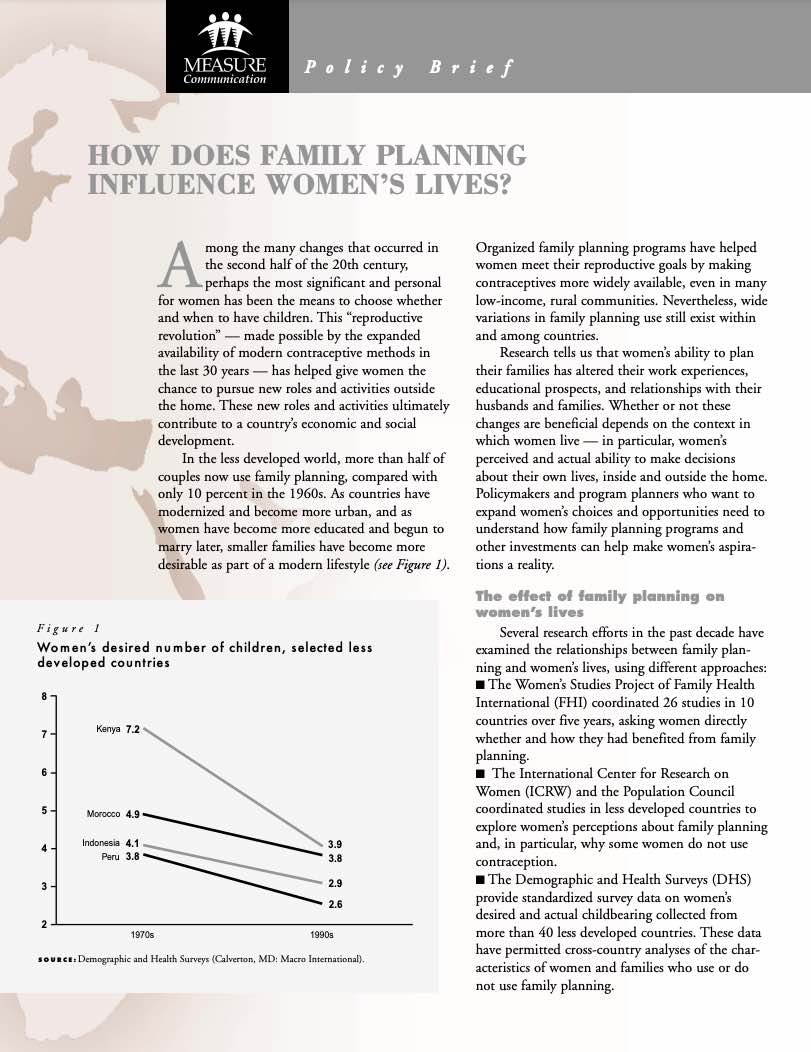Report. Addressing Population in Poverty Reduction Strategies
(2007) Poverty reduction strategies form the basis of World Bank and International Monetary Fund assistance in the poorest developing countries.
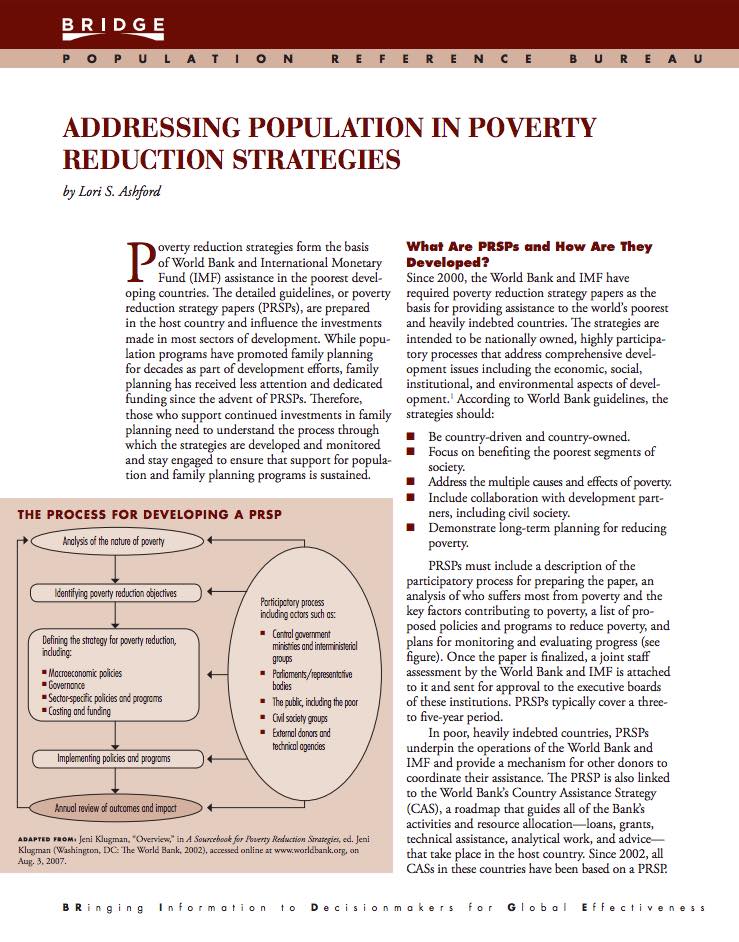
(2007) Poverty reduction strategies form the basis of World Bank and International Monetary Fund assistance in the poorest developing countries.
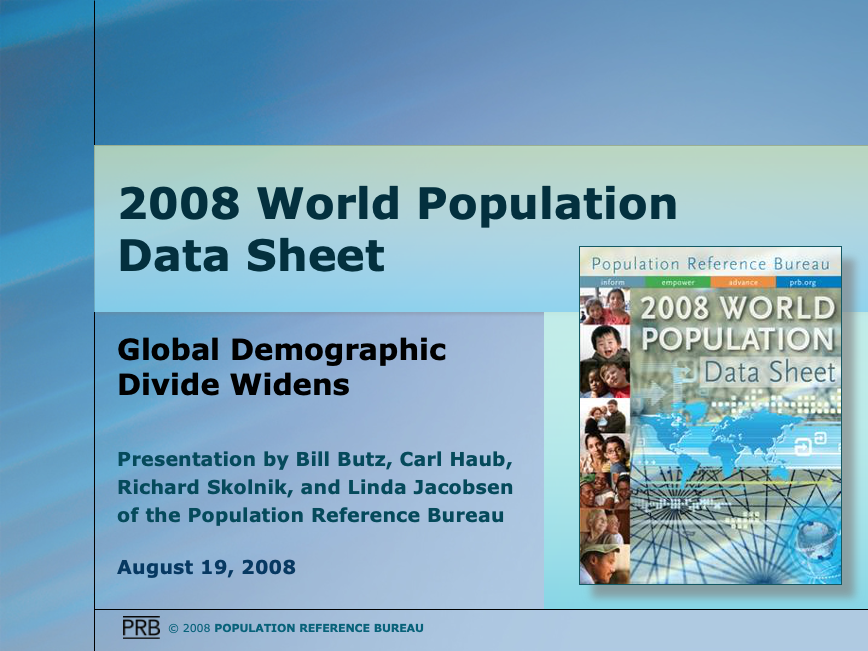
(2008) The demographic divide—the inequality in the population and health profiles of rich and poor countries—is widening.
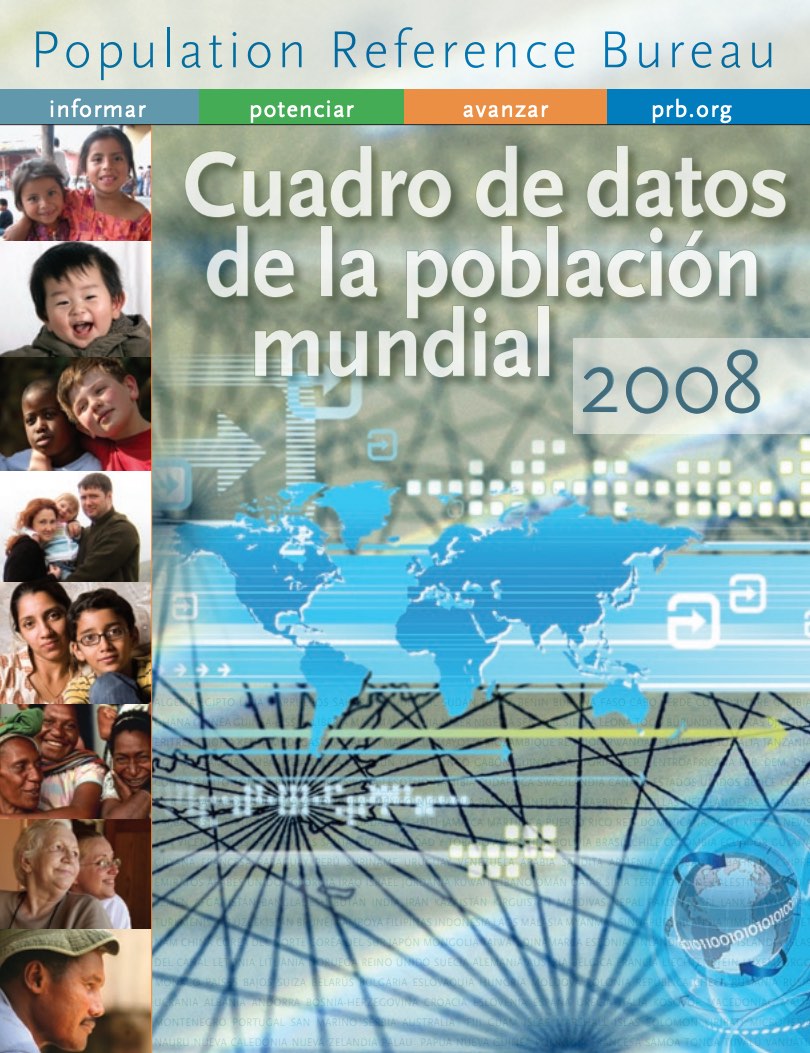
(2008) The demographic divide—the inequality in the population and health profiles of rich and poor countries—is widening.
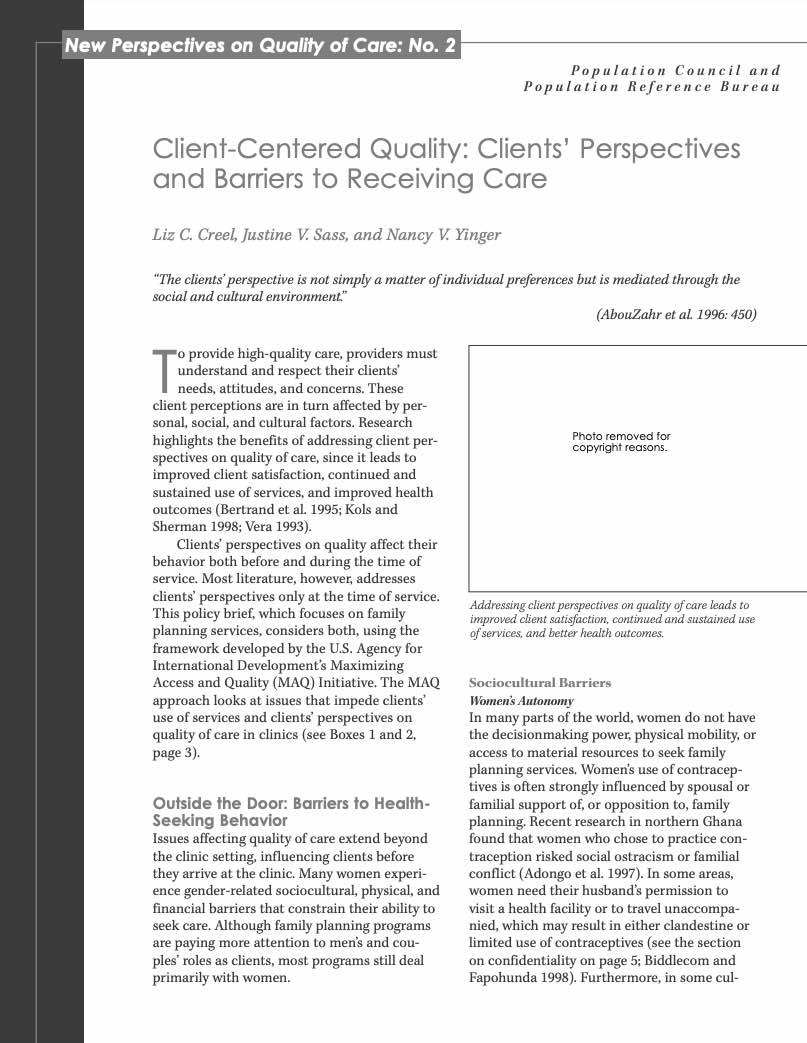
To provide high-quality care, providers must understand and respect their clients' needs, attitudes, and concerns. These client perceptions are in turn affected by personal, social, and cultural factors.
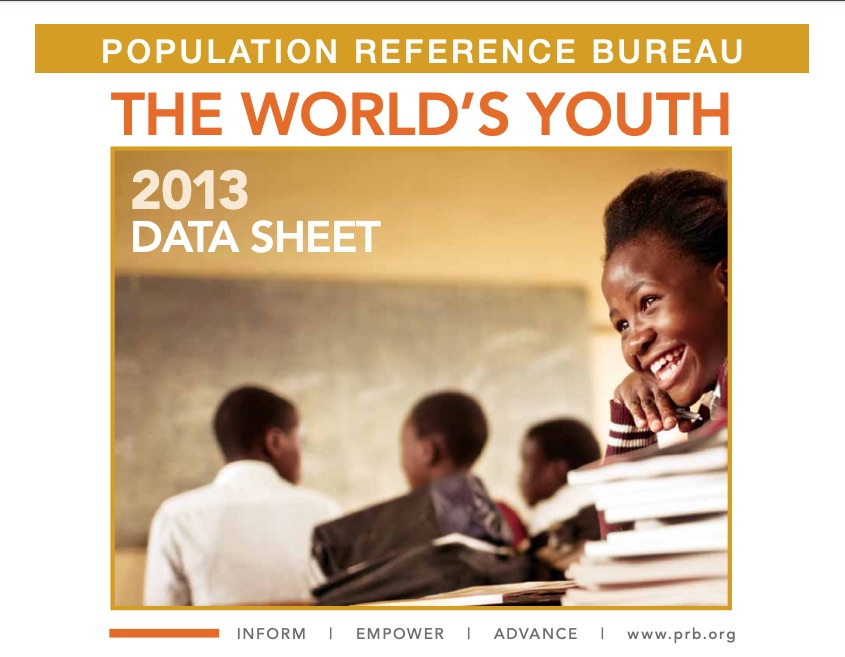
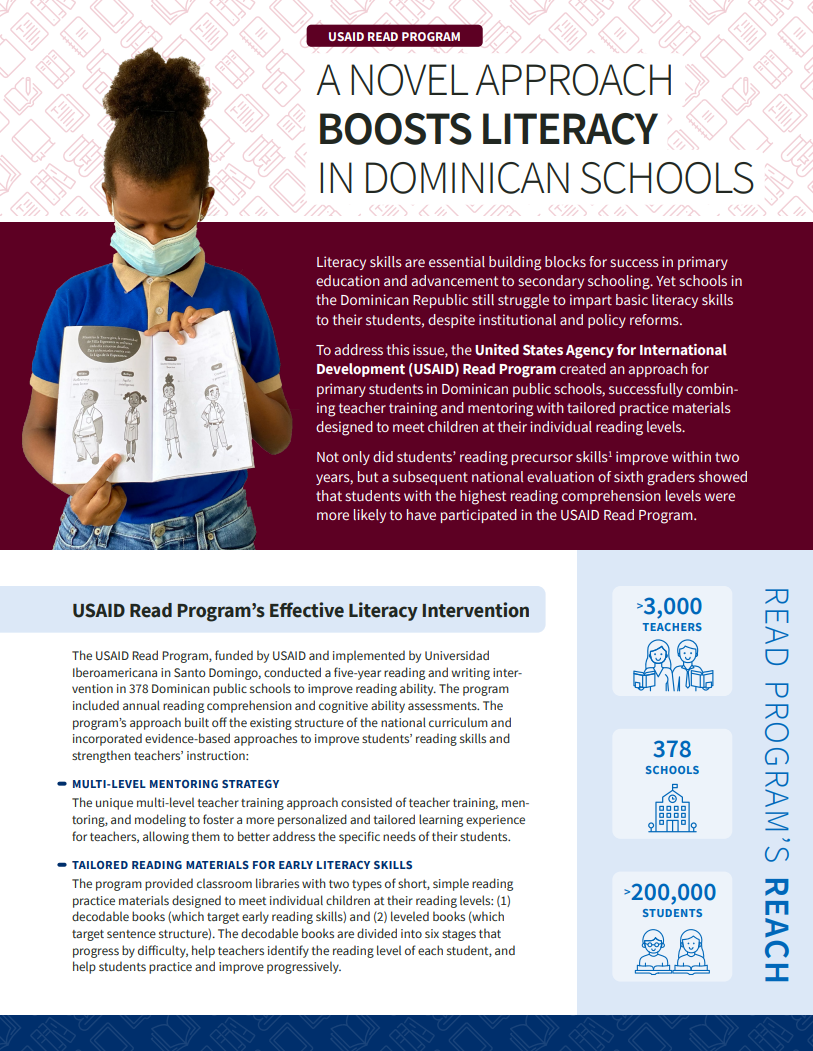
Project: Research Technical Assistance Center (RTAC)
The USAID Read Program created an approach for primary students in the Dominican Republic’s public schools, combining teacher training and mentoring to meet children at their individual reading levels.
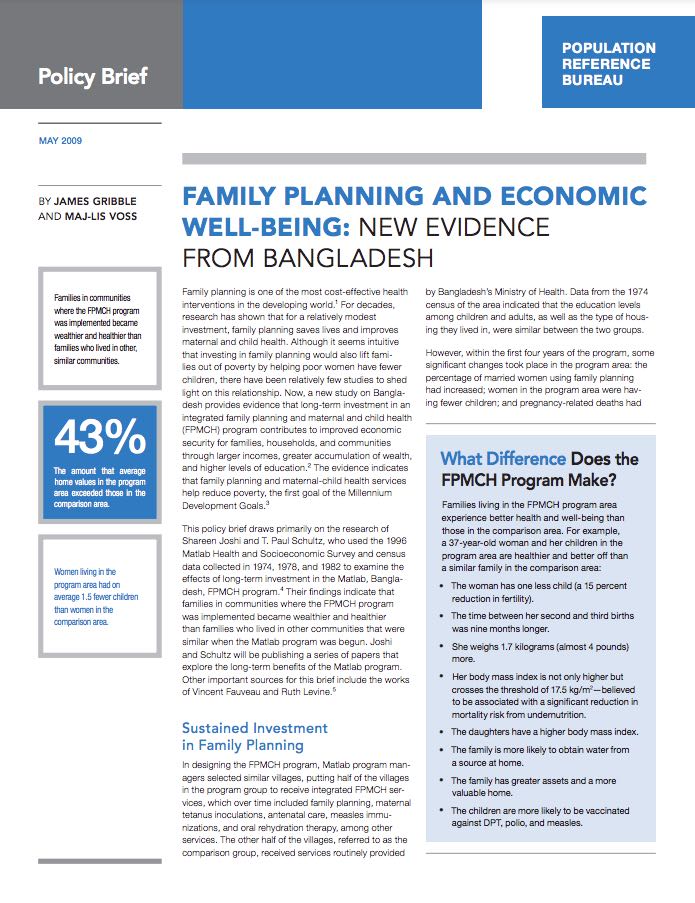
(2009) Family planning is one of the most cost-effective health interventions in the developing world. For decades, research has shown that for a relatively modest investment, family planning saves lives and improves maternal and child health.
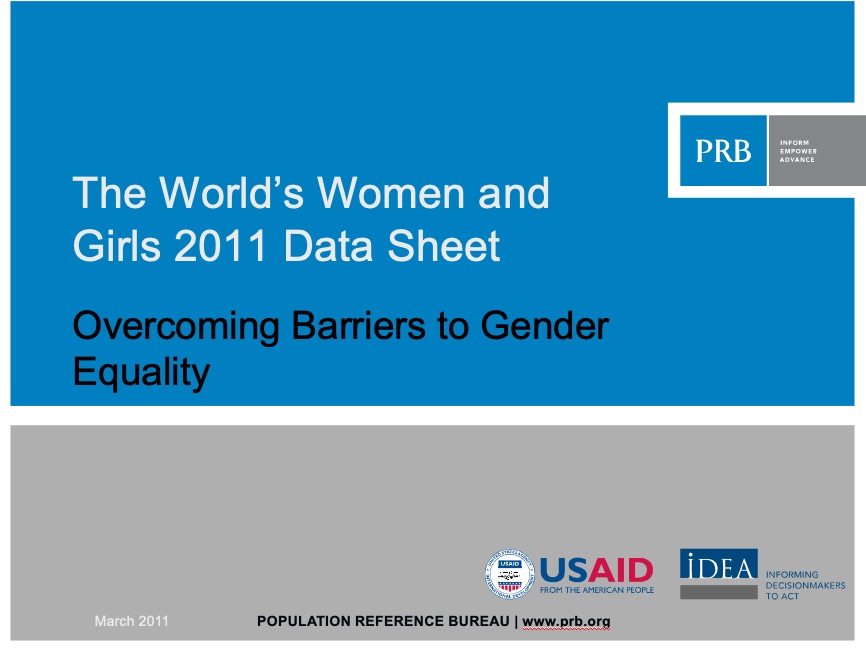
Project: IDEA: Informing Decisionmakers to Act
(2011) In which country do 72 percent of women marry before age 18? Worldwide, what percent of girls complete primary school? What is the average number of lifetime births per woman in Niger?
